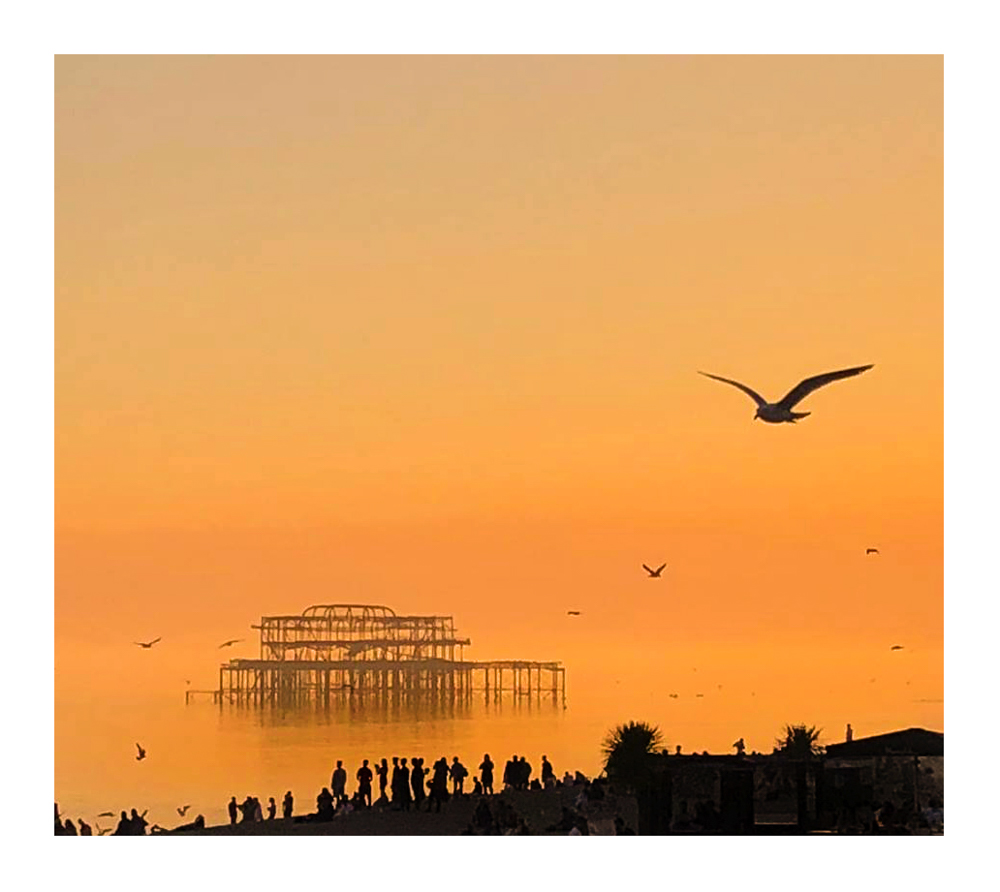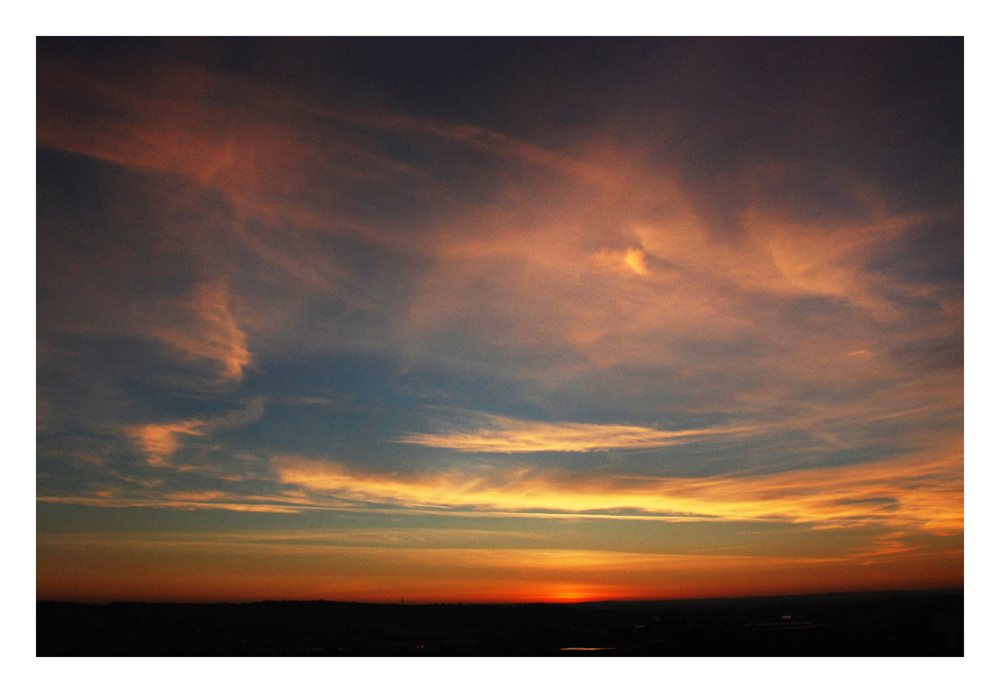SUNRISE & SUNSET
“There’s a sunrise and a sunset every single day, and they’re absolutely free. Don’t miss so many of them.”
― Jo Walton
And it is simple to understand why, as every morning the sun would rise, bringing vision, warmth, and security, saving man from the cold, blind, predator-filled darkness of night. Without it, the cultures understood, the crops would not grow, and life on the planet would not survive. These realities made the sun the most adored object of all time.
ZEITGEIST: THE MOVIE – COMPANION SOURCE GUIDE
No two sunrises or sunsets are ever the same, each one a unique experience revered and loved by many of us. There is something magical about sitting calmly watching the sun rise over the horizon and equally, set at night, even more so if you are by the coast.
Red sky at night, sailors’ delight.
Red sky at morning, sailors take warning
The rhyme is a rule of thumb used for forecasting the weather during the past two millennia. It is based on the reddish glow of the morning or evening sky, caused by haze or clouds related to storms in the region. If the morning skies are red, it is because clear skies over the horizon to the east permit the sun to light the undersides of moisture-bearing clouds. The saying assumes that more such clouds are coming in from the west. Conversely, in order to see red clouds in the evening, sunlight must have a clear path from the west, so therefore the prevailing westerly wind must be bringing clear skies. – Wikipedia
Sunrise is actually an illusion since the sun never goes away; it’s the face of the Earth that moves away from it. As our planet rotates toward the east, the sun appears to “rise” in that direction.
To see a good sunrise you’ve got to put in a bit of effort though so set your alarm and get up early. Most published sunrise times are calculated for a sea-level horizon so might not be accurate for your location.
Enjoy your sunrise and just think – the light on the horizon took eight minutes to reach you from the sun, travelling at 300,000 kilometres a second.
“With a bound, the sun of a molten fiery red cam above the horizon, and immediately thousands of little birds sang out for joy, and a soft chorus of mysterious, glad murmurs came forth from the earth; the low whispering wind left its hiding-place among the clefts and hollows of the hills, and wandered among the rustling herbs and trees, waking the flower-buds to the life of another day.”
― Elizabeth Gaskell
The Sun’s mass is vast,
accounting for around 99.85% of the entire solar system
OUR SUN
The Sun is a yellow dwarf star, a hot ball of glowing gases at the heart of our solar system. Its gravity holds the solar system together, keeping everything – from the biggest planets to the smallest particles of debris – in its orbit. The connection and interactions between the Sun and Earth drive the seasons, ocean currents, weather, climate, radiation belts and auroras. Though it is special to us, there are billions of stars like our Sun scattered across the Milky Way galaxy.
Source – Nasa see link below
Consider this!
The Sun is 93 million miles (150 million kilometers) from Earth. Its nearest stellar neighbor is the Alpha Centauri triple star system: Proxima Centauri is 4.24 light years away, and Alpha Centauri A and B—two stars orbiting each other—are 4.37 light years away. A light year is the distance light travels in one year, which is equal to 5,878,499,810,000 miles or 9,460,528,400,000 kilometers.
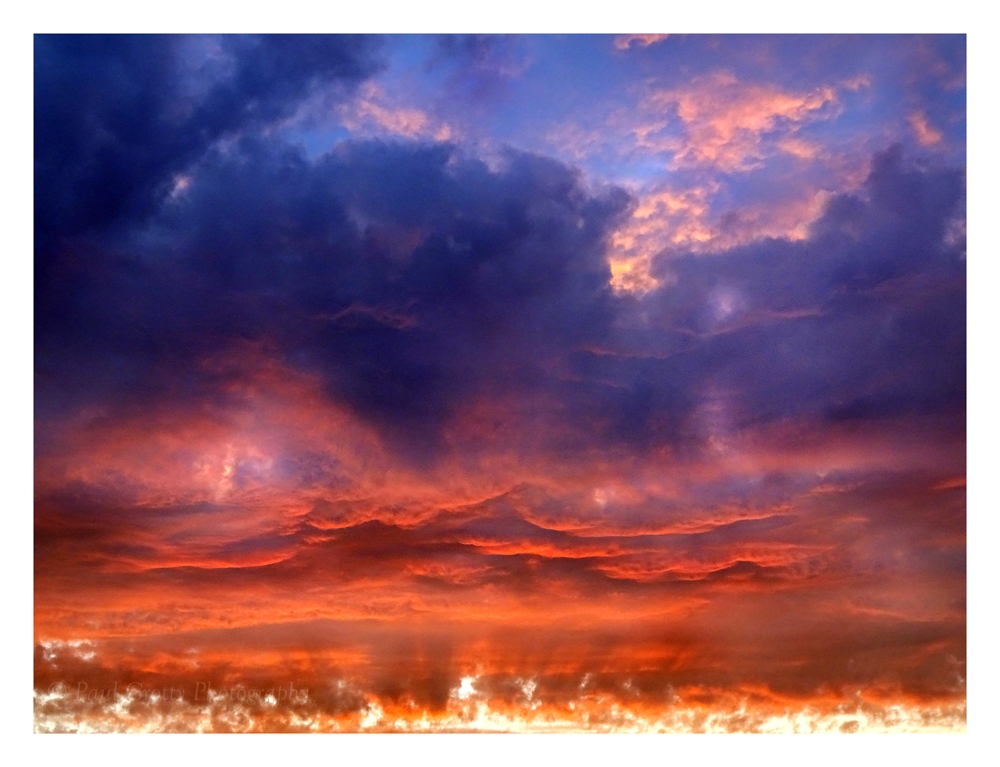
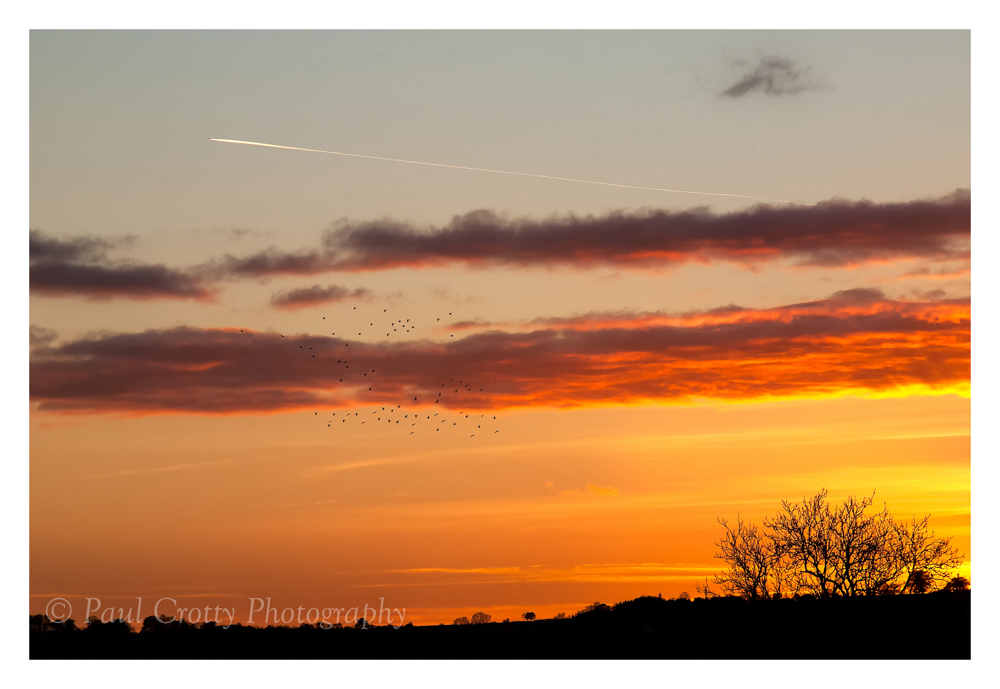
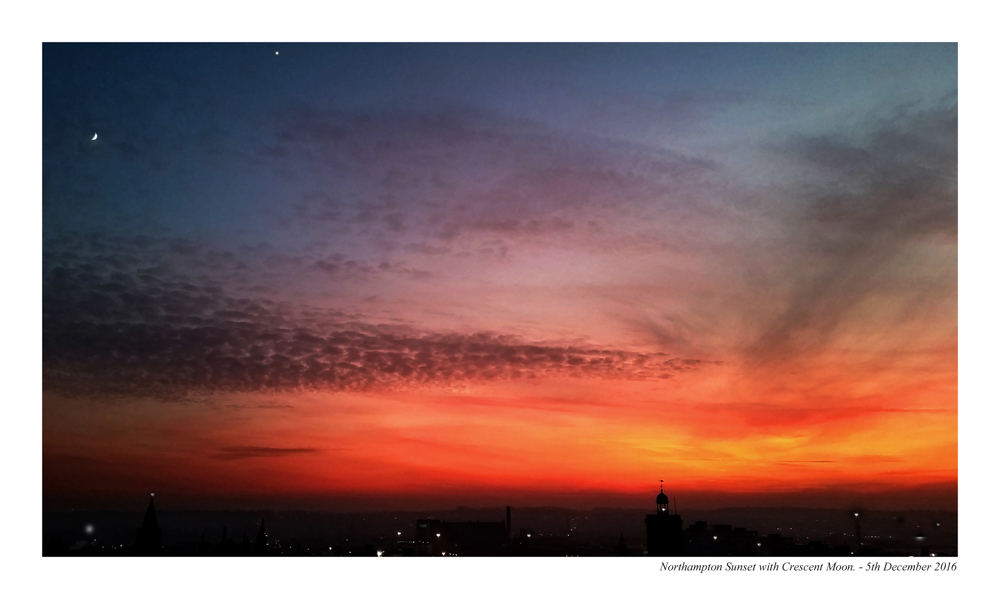
Sunset
by Raymond Garfield Dandridge
Round appearing,
Illuminant fire,
Built in space,
Shedding heat,
Traveling westward;
Your photosphere
Conflicts
With dwindl’ing light
Of stricken day,
At dying hour.
Emerging from
The reek appears
At distant edge of earth,
A straightened rainbow
Reaching far into the sky—
You are an artist, Sun!
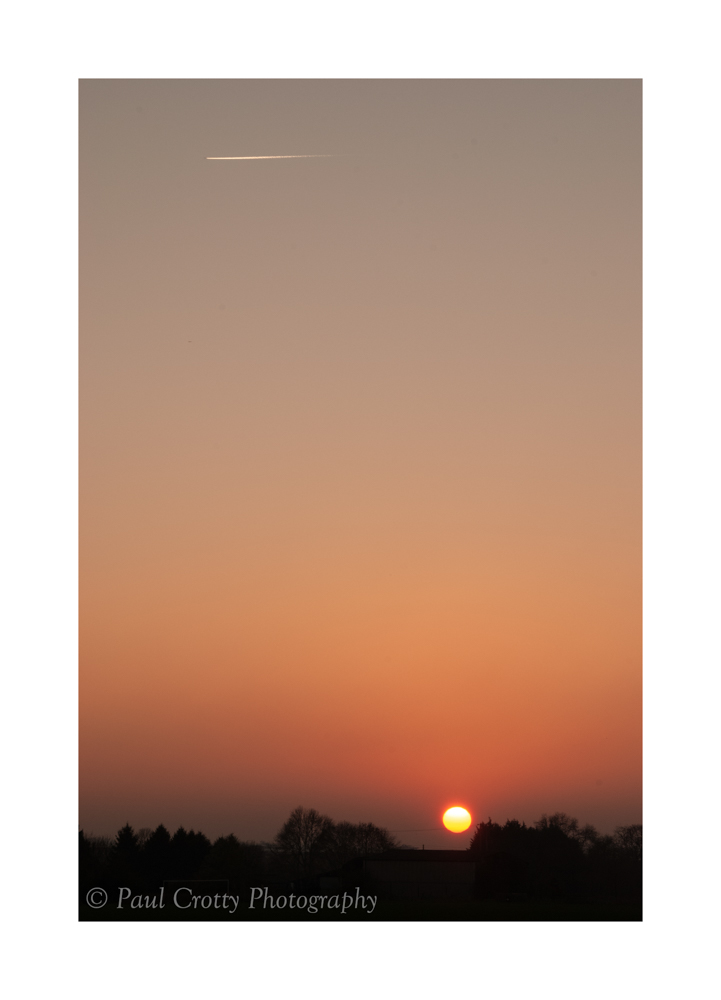
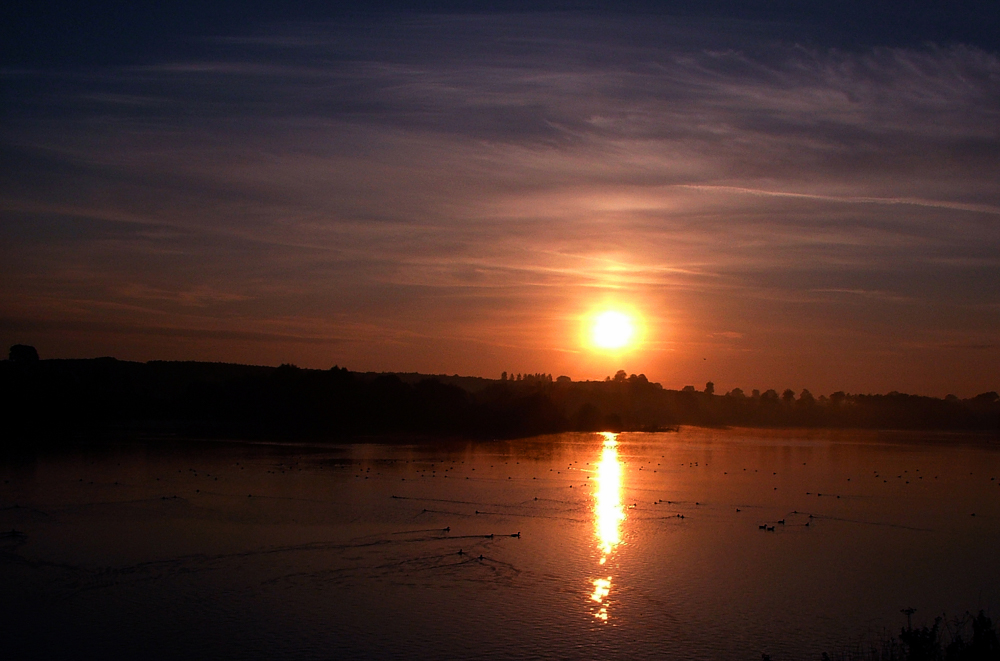
Sunrise over Pitsford Reservoir Northamptonshire
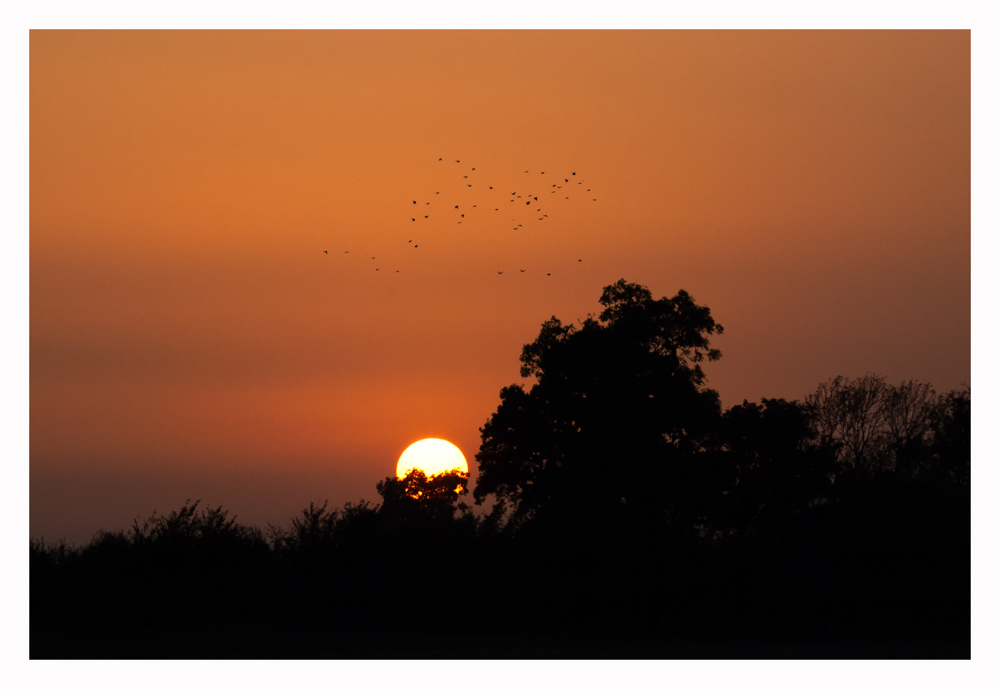
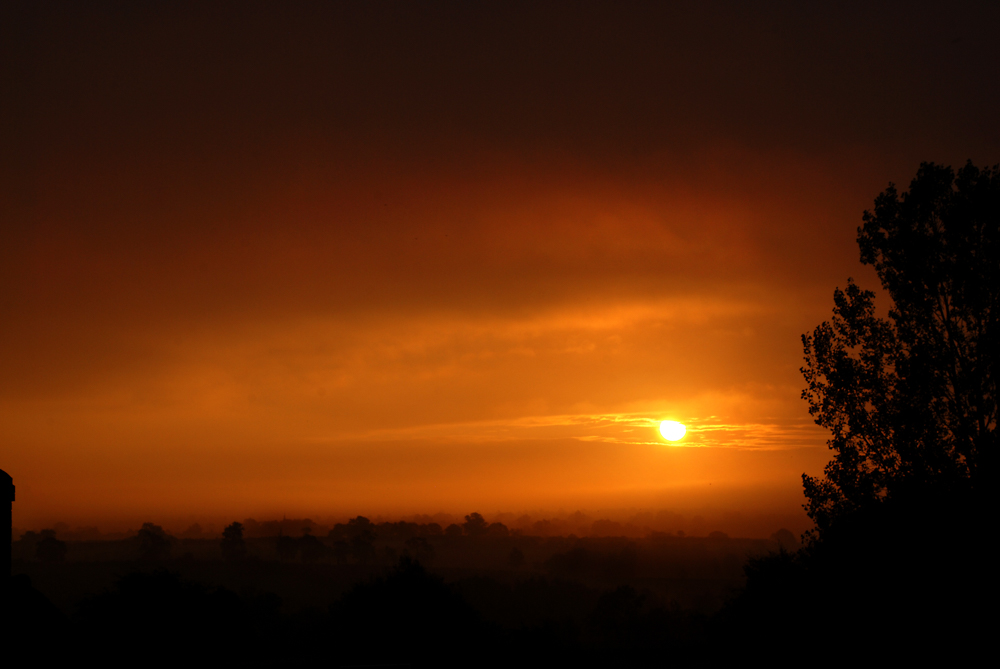
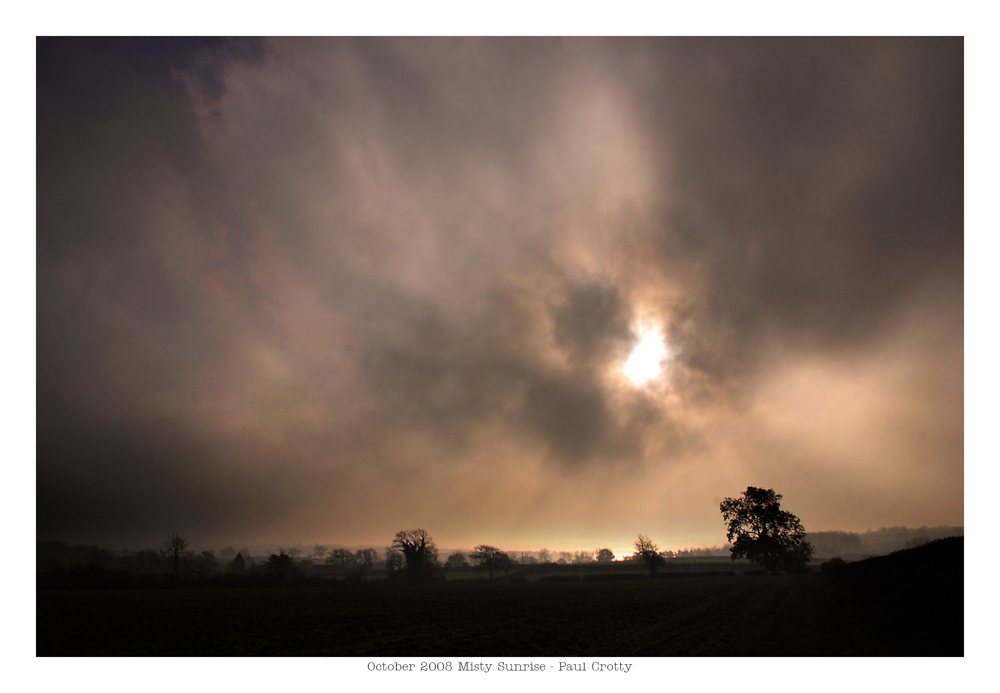
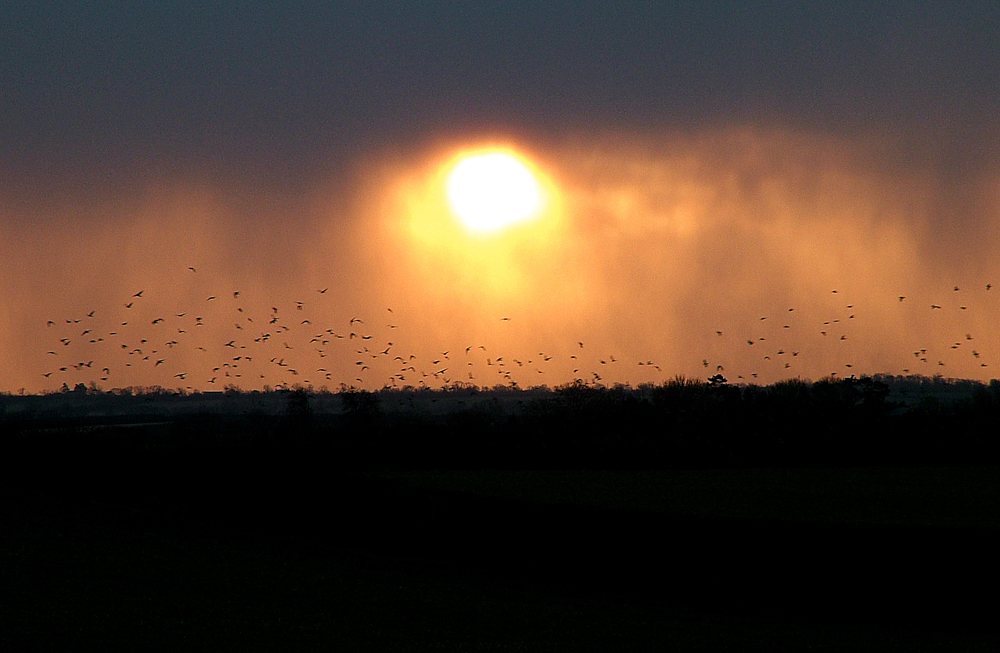

The image above is taken from Botallack Cornwall
The image below taken by my son Jay. Brighton
